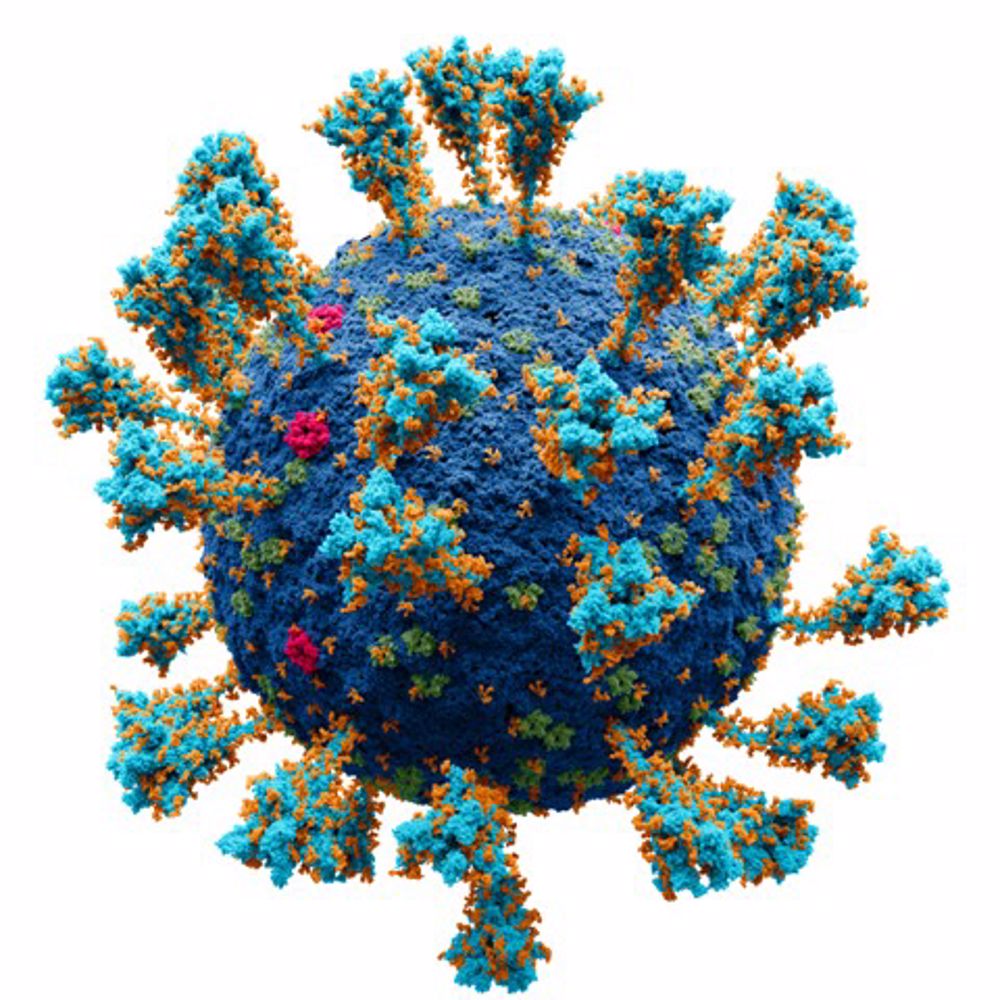COVID-19, An impact on the whole World
Did WW1 and WW2 affect the whole world? The answer is no, but the COVID-19 virus outbreak is global, everyone everywhere has been impacted. This is essentially the first pandemic that has affected and is continuing to impact the whole world.
At the start of the pandemic the focus was to create a vaccine and get it into use without sacrificing safety or efficacy.
In development of a vaccine two important steps must be considered: first discovery and early development and second scale up from small scale to a commercial scale.
A key component in the development are the clinical trials, essentially tests on people, to ensure the vaccine is safe for use. Clinical trials usually take in the order of 7 years, but the COVID-19 pandemic shows that this can be done quicker.
Actual production of the first vaccines for use took approximately 12 months.

The cause of this major (and necessary) reduction in timescale is the way the vaccine manufacture was approached.
In a typical vaccine manufacture the usual project approach is to go through several steps in series and at the end of each step a review would be carried out to determine whether the project should progress. For example, the clinical trials would be conducted as I, II and III before a final decision to develop on a commercial basis. Where the clinical trials use groups of people to judge the drug's safety, side effects and to determine the correct dosage. Each time as the trials progress from I to III greater numbers to people are involved from initially 10s to finally a few thousand.
The next stage is to design the actual manufacturing plant and again project design is in series of steps from conceptual design to basic design to detail design and finally construction. Again, this would be in series with checks as to feasibility and viability before proceeding to the next step.
Now consider COVID-19 manufacture. One important factor was major investments by governments which took away the economic constraints that usually apply. With this the focus changed to ensure it was feasible, the economic factor that companies need to consider ensuring it was viable could be minimised. Without monetary constraints the important change for COVID-19 was to work in parallel. The consequence of this is that the time delays that normally occur in a project where its viability is reassessed were removed. Work was executed in advance assuming approval would occur, so as soon as final regulatory approval was given vaccine was available for use.
Also, as soon as discovery had identified the vaccine engineers and specifically chemical engineers began to develop the process plant where the vaccine could be manufactured at scale.
However, before use of a vaccine in a country approval must be given by the appropriate authority (e.g., in the UK by the MHRA, in the USA by the FDA). Again, typically all clinical trial results would be presented to the regulatory authority as a final batch of data for approval, which can take months. Covid-19 changed this and an agreement was reached that reviews would be continuous and as soon as the information was available it would be reviewed. The impact was to reduce the final approval time to days and not months.
Large scale manufacturing was also started before final regulatory approval giving product availability as soon as approval was given.
Therefore, taking parallel working, government investment and continuous approval by regulatory authorities, pharmaceutical companies were able to get vaccines approved and manufactured in less than a year! The first two vaccines in use were the one produced by Pfizer and the one by Oxford-Astra Zeneca. However, there were initially over 200 vaccines in development and many new vaccines have come and are continuing to come online at present.
However, there is still a problem, the whole world will need protection to overcome the pandemic, so billions of doses will be needed which in turn need multiple manufacturing plants. Chemical engineers will have a significant input into solving this problem from designing and building manufacturing capacity and also the rapid scale up of production which will rely on scale up of production from discovery.
Finally, COVID-19 has shown that in an emergency scientists, engineers and regulatory authorities and governments can work together, but to eradicate COVID-19 so the world can return to ‘normal’ this must continue.